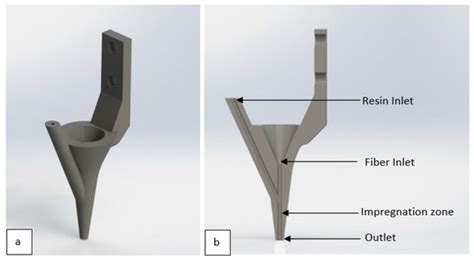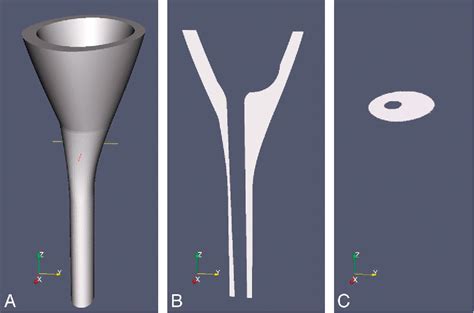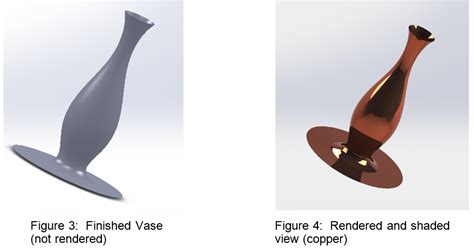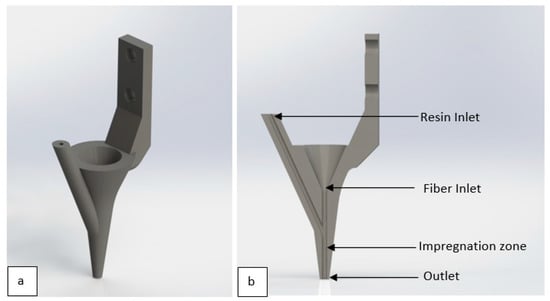Nylon is a popular material in the world of 3D printing, known for its exceptional strength, flexibility, and durability. As 3D printing technology continues to evolve, nylon has become a go-to choice for high-performance projects that require both resilience and versatility. In this article, we’ll explore the top nylon 3D printing materials, examining the various filament types and their unique properties. Whether you’re looking for superior heat resistance, elasticity, or ease of use, understanding the strengths of different nylon filaments will help you choose the best option for your specific needs. Discover how nylon can elevate your 3D printing projects to new levels of performance and reliability.
Join zopmj.com for an in-depth exploration of this topic.
1. Overview of Nylon 3D Printing Materials
Nylon is a synthetic polymer that has gained significant popularity in 3D printing due to its impressive mechanical properties. Known for its high strength-to-weight ratio, nylon offers a unique combination of durability, flexibility, and resistance to wear, making it ideal for demanding applications. Its ability to produce parts that can withstand stress, impact, and environmental factors sets it apart from other common 3D printing materials like PLA and ABS.
In the realm of 3D printing, nylon is available in various formulations, each tailored to specific performance needs. These formulations vary in terms of strength, flexibility, and thermal stability, allowing users to select the most suitable option for their projects. Nylon’s versatility extends to its compatibility with a wide range of 3D printers, including both FDM (Fused Deposition Modeling) and SLS (Selective Laser Sintering) technologies.
Despite its many advantages, nylon can be challenging to work with due to its tendency to absorb moisture from the air, which can affect print quality. However, with proper handling and storage, nylon remains a top choice for high-performance 3D printing projects.

2. Nylon Filament Types
Nylon filaments come in several types, each designed to cater to specific printing needs and performance characteristics. The most common types include Nylon 6, Nylon 6/6, and Nylon 12, each offering unique properties that make them suitable for different applications.
Nylon 6 is widely used due to its excellent balance of strength, flexibility, and cost-effectiveness. It provides good impact resistance and durability, making it ideal for functional prototypes and mechanical parts. Nylon 6/6, on the other hand, is known for its higher melting point and superior rigidity. This makes it well-suited for applications requiring enhanced heat resistance and structural integrity.
Nylon 12 is favored for its low moisture absorption, which helps maintain dimensional stability during the printing process. It is also more flexible than other nylon types, making it a great choice for parts that need to endure repetitive stress or bending.
Beyond these standard types, there are also composite nylon filaments, which are infused with materials like carbon fiber or glass fiber. These composites offer additional strength, stiffness, and reduced weight, expanding the potential applications of nylon in 3D printing. By understanding the differences between these nylon filament types, you can select the best material for your high-performance 3D printing projects.

3. Strength and Durability
Nylon is renowned for its exceptional strength and durability, making it a top choice for 3D printing projects that demand robust, long-lasting parts. The material’s high tensile strength allows it to withstand significant stress without breaking, which is crucial for functional parts that will be subjected to heavy loads or frequent use. Nylon’s durability is further enhanced by its resistance to abrasion and impact, ensuring that printed objects can endure rough handling and environmental wear over time.
One of the key advantages of nylon is its ability to maintain its structural integrity even under challenging conditions. Unlike more brittle materials like PLA, nylon can absorb shocks and impacts without cracking, making it ideal for producing parts that need to be both strong and resilient. This makes nylon particularly well-suited for applications in automotive, aerospace, and industrial sectors, where components must perform reliably under demanding conditions.
Additionally, nylon’s strength is not compromised by its flexibility. The material can bend and stretch without breaking, which contributes to its overall toughness. Whether you’re printing gears, hinges, or other mechanical parts, nylon’s unique combination of strength and durability ensures that your 3D printed components will stand up to the test of time and rigorous use.

4. Flexibility and Elasticity
Nylon’s flexibility and elasticity are key features that set it apart from other 3D printing materials. Unlike rigid plastics, nylon can bend, stretch, and flex without snapping, making it ideal for parts that need to endure movement, bending, or pressure. This elasticity allows nylon to return to its original shape after deformation, making it an excellent choice for producing functional components that require a degree of give, such as hinges, snap-fit joints, and living hinges.
The flexibility of nylon also enhances its resistance to fatigue, meaning that parts made from nylon can undergo repeated cycles of stress and strain without breaking down. This characteristic is especially valuable in applications where parts are subject to constant motion or mechanical stress, such as in the creation of wearables, flexible connectors, or mechanical seals.
Furthermore, nylon’s ability to combine flexibility with strength means it can be used to create parts that are both durable and adaptable, offering a unique balance that few other materials can match. Whether for prototypes or end-use products, nylon’s flexibility and elasticity open up a wide range of possibilities for 3D printing projects that require both resilience and adaptability.
5. Heat Resistance and Stability
Nylon’s impressive heat resistance and thermal stability make it a standout material for high-performance 3D printing projects. Unlike many other 3D printing materials, nylon can withstand elevated temperatures without deforming or losing its mechanical properties. This makes it suitable for applications where parts will be exposed to heat, such as in automotive or industrial environments.
Nylon 6/6, in particular, is known for its higher melting point, allowing it to perform well under continuous heat exposure. This characteristic is essential for creating parts that must maintain their structural integrity in high-temperature conditions. Additionally, nylon’s stability under heat ensures that it remains reliable in demanding applications, where other materials might fail.
Moreover, nylon’s ability to resist thermal degradation means it retains its strength and durability even after prolonged exposure to heat. This makes it an excellent choice for producing components like engine parts, electrical housings, and other items that must endure high temperatures while maintaining their performance.
6. Printability and Ease of Use
While nylon offers many advantages in 3D printing, its printability and ease of use require careful consideration. Nylon is hygroscopic, meaning it readily absorbs moisture from the air, which can affect print quality. Moisture-laden nylon can lead to issues like bubbling, warping, or poor layer adhesion during printing. To counteract this, it’s crucial to store nylon filament in a dry environment and pre-dry it before use.
Despite these challenges, nylon is generally compatible with a wide range of 3D printers, especially those equipped with a heated bed and enclosed build chamber. The material’s high melting point requires precise temperature control, and maintaining consistent heat is key to preventing warping or shrinking during the printing process.
On the plus side, once these conditions are met, nylon’s flexibility and strength make it a versatile material to work with. It offers good layer adhesion and can produce detailed, durable parts. With the right setup and preparation, nylon can be an excellent material for achieving high-quality 3D prints in a variety of applications.
7. Applications and Use Cases
Nylon’s unique properties make it ideal for a wide range of applications and use cases in 3D printing. Its strength, flexibility, and durability allow it to excel in creating functional parts that require resilience and adaptability. In the automotive industry, nylon is used to produce components such as gears, brackets, and housings that need to withstand mechanical stress and high temperatures.
In aerospace, nylon’s ability to handle both stress and temperature fluctuations makes it suitable for producing lightweight yet robust parts. Its flexibility and resistance to impact also make it ideal for prototyping and manufacturing functional parts like snap-fit connectors and custom tools.
In consumer goods, nylon is used to create wearables, including flexible and durable bands for watches and fitness trackers. Its resistance to abrasion and impact ensures that these items maintain their integrity with regular use.
Additionally, nylon’s low moisture absorption properties make it suitable for creating parts that need to remain stable in varying environmental conditions, such as protective cases and enclosures. Overall, nylon’s versatility and performance characteristics make it a valuable material for a wide array of high-performance 3D printing applications.
Nylon 3D printing materials offer a compelling blend of strength, flexibility, and heat resistance, making them ideal for a wide range of high-performance applications. By understanding the different filament types and their unique properties, you can select the best nylon material for your specific needs. Embrace nylon’s versatility to enhance the quality and durability of your 3D printed projects.
zopmj.com

